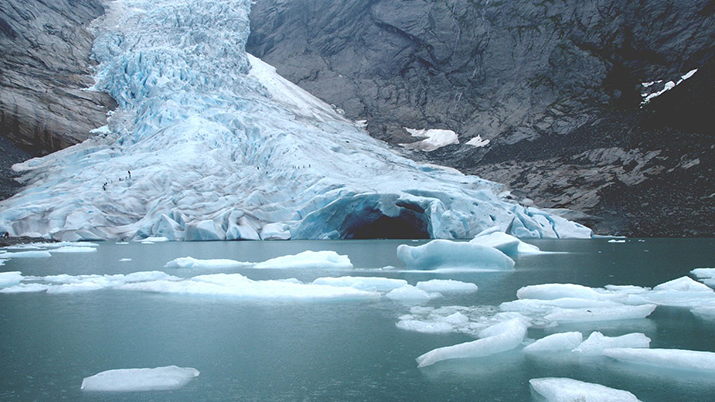

Liberals and conservatives have attentional bias to climate change information.
In a world where political divides are growing wider, a new UBC Psychology study seeks to encourage climate change action amongst both liberals and conservatives.
Yu Luo, a cognitive science PhD student, and Dr. Jiaying Zhao, an associate professor in the department of psychology and IRES at UBC, examined how political orientation biased the way people consumed climate change evidence.
The authors found that when they tracked eye movements, liberals and conservatives showed different attentional biases.


Yu Luo
“We showed them the same global temperature graph,” Luo said. “Liberals tend to look at the increasing part of the temperature curve, and conservatives tend to look at the flat part of the temperature curve.”
These attentional biases allow liberals and conservatives to reaffirm preconceived notions about climate change and its effects.
“If I’m a liberal, I tend to believe and be concerned with climate change,” said Zhao, who is UBC’s Canada Research Chair in Behavioural Sustainability. “I will also look at the evidence of the rising temperature that’s consistent with my beliefs and motivations.”
Liberals are, therefore, already more likely to take subsequent action to combat climate change. Conservatives, on the other hand, tend to be sceptical about climate change. As a result, they pay more attention to the flatter area of the graph; thus, reinforcing their beliefs.
“One lesson is you cannot just show the same information to everybody and hope this will work for everybody.”


Jiaying Zhao
This finding shaped the next experiment that Luo and Zhao conducted. The researchers took three graphs: the first had the rising phase highlighted in red, the second had the flat phase highlighted red, and the third had both phases in grey.
The researchers found that liberals were more likely to act when the rising phase was red and that conservatives were likely to act when the flat phase was red. The results created major implications for how educators convey climate change information.
“One lesson is you cannot just show the same information to everybody and hope this will work for everybody,” Zhao said. “You have to understand the audience before we talk to them.”
Zhao and Luo further noted that prioritising information that’s consistent with a person’s political beliefs and motivations can mobilize more positive action.
“One of the biggest challenges is recruiting conservatives.”
For this study, the researchers recruited hundreds of undergraduate students and people from the general public in North America. Using neutrally-worded questions, Luo and Zhao identified each individual’s political ideology.
“For the first experiment [that] we did in the lab,” Luo said. “One of the biggest challenges is we didn’t get enough conservatives.”
UBC and the majority of Vancouver tend to lean left of the political divide. The lack of conservatives in the area meant that their conservative sample was lower in comparison to that of liberals.
However, after recruiting persons from the United States, conservative representation grew larger.
“We got a better balance between liberals and conservatives with an online sample,” Luo said.
The results provide the first piece of evidence of how the attentional divide between liberals and conservatives can influence climate perception and action.
– Dannielle Piper


